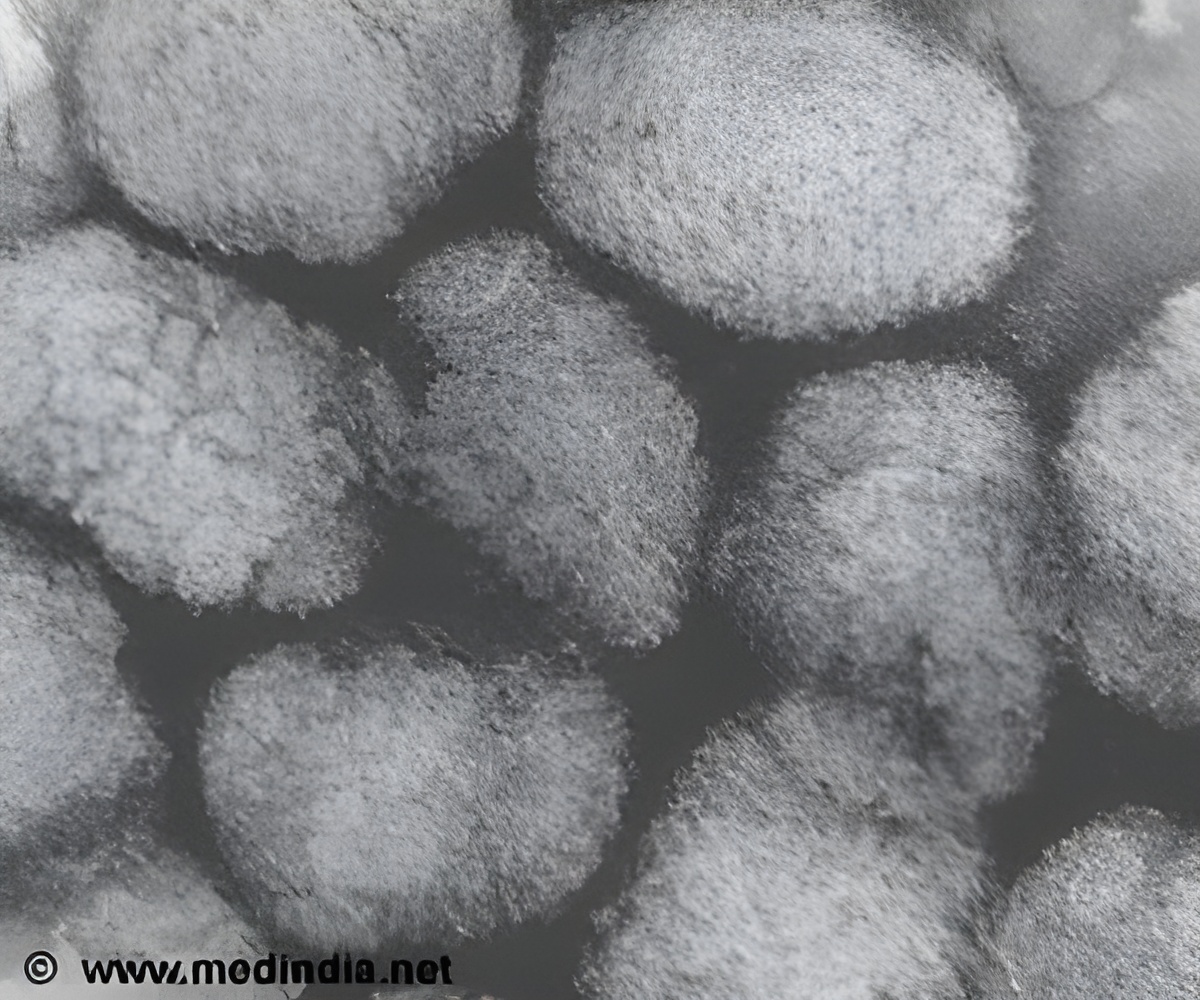Viruses that cause painful lip blisters, or cold sores, literally blasts its infectious DNA into human cells by making use of it internal pressure, which is eight times higher than a car tire.

They describe how HSV-1 enters cells, docks with portals on the nucleus and injects DNA with high pressure caused by tight packing of the capsid, the tough shell that houses the viral genome. Researchers already knew that several viruses that infect bacteria, called bacteriophages, use the same high-pressure mechanism to shoot their DNA into bacteria nuclei. Evilevitch and colleagues conclude that evolution has preserved this effective technique as a key step in viral infection — making it a desirable target for future treatments to defeat HSV-1 and other viruses that work the same way. The same mechanism exists in eight related viruses, including those responsible for mononucleosis and chickenpox in children, and shingles in adults. Drugs that interfere with it thus could limit "the potential for development of drug resistance that can occur due to rapid adaptive mutations of viral genomes," the scientists state.
Source-Eurekalert
 MEDINDIA
MEDINDIA



 Email
Email










